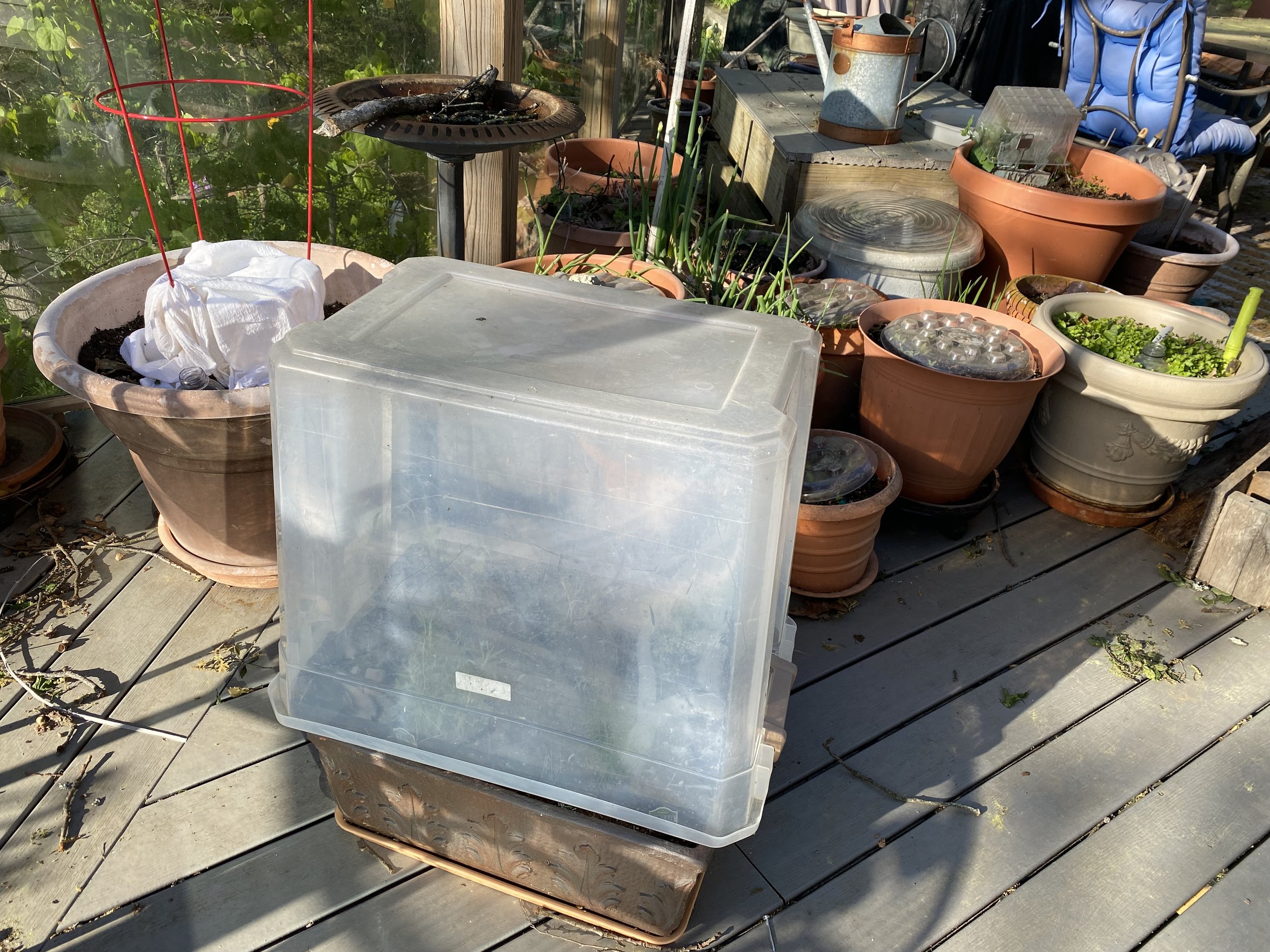Repurpose Christmas Trees
/Christmas trees are excellent winter bird and small animal sanctuaries. (Photo by Charlotte Ekker Wiggins)
Repurpose Christmas Trees
When I used to write a weekly column carried in several Missouri newspapers, one of the readers took my repurposing Christmas tree advice but complained her artificial tree wasn’t decomposing. Let me make it clear here, when I am talking about repurposing Christmas trees, this is about those live trees that have been cut and those in pots that aren’t making it.
Although it’s a nice idea to think you can buy a potted live Christmas tree, many don’t make it through the move inside and then back outside. You can also repurpose those trees once you move them outside.
How to Repurpose Christmas Trees
Once all ornaments and lights have been removed, there are many things you can do with the Christmas tree in your garden:
Place tree in a garden corner for a sanctuary for birds. Birds will use the branches for cover during windy, snowy days.
Cut up the tree and use the branches to protect rose bushes.
You can also use the cut up branches as mulch at the back of flower beds.
Those cut up tree branches can also be formed into a door wreath.
If you like the smell of the evergreens, pull off a handful and place in a bowl of water; they will last another couple of weeks if you refresh the water.
If you have a compost pile, add the tree to the pile. It will biodegrade by spring.
The branches can also be used as natural stakes. I collect cedar boughs to cover cattle panel arbors and to make teepee plant supports.
If you have a pond, place the tree at the edge for a safe spot for birds to land to drink.
If your pond is deep enough, Christmas trees make nice cover for baby fish later in spring.
If you have cows and goats, give them small amounts of the untreated, unadorned tree branches to eat. They have natural Vitamin C and they also work as a natural de-wormer.
Recycling a Christmas Tree
Many communities offer a drop off spot where you can take a Christmas tree. In our mid-Missouri community, our recycling center accepts trees that will get ground up in a wood chipper into mulch.
Dried branches and hunks of trunk will make fabulous firewood for an outdoor fire pit or bonfire, but be sure to keep the fire outside. When Christmas trees burn, they release creosote, a highly flammable, toxic substance consisting mainly of tar -- into the fire smoke. Creosote may build up on the inside of your chimney, increasing your risk of a chimney fire.
If you are a beekeeper, Christmas trees can also be used as handy windbreaks in front of bee hives.
Christmas trees can also be used as bee hive windbreaks. (Photo by Charlotte Ekker Wiggins)
Check with your local home and garden centers. Some will give their extra Christmas trees away after the holidays.
Charlotte

















